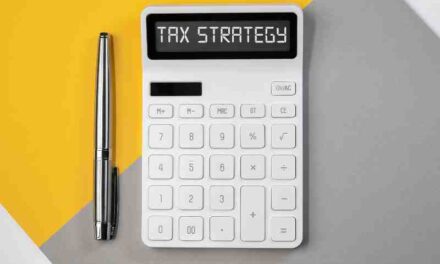Taxation is an essential component of any government’s fiscal policy. Taxation systems are designed to collect revenue from citizens and businesses to finance public goods and services. Taxation systems can be classified into three main categories: progressive, proportional, and regressive systems. Each system has its unique features, advantages, and disadvantages. In this blog post, we will provide an overview of each of these taxation systems.
Progressive Taxation System
A progressive taxation system is a system in which the tax rate increases as the income of an individual or business increases. In other words, the more you earn, the higher percentage of your income you pay in taxes. The progressive taxation system is based on the principle of equity, which means that people with higher incomes should pay a higher percentage of their income in taxes than those with lower incomes.
The progressive taxation system is used by most developed countries worldwide. This system is considered fair because it redistributes wealth and promotes social equality. It also helps to fund social welfare programs and public goods and services that benefit the entire society.
However, the progressive taxation system is not without its drawbacks. One of the main criticisms of this system is that it can discourage productivity and entrepreneurship. High-income earners may feel that they are being punished for their success and may be less motivated to work hard or invest in their businesses. Additionally, the progressive taxation system can lead to tax evasion and avoidance as high-income earners look for ways to reduce their tax burden.
Proportional Taxation System
A proportional taxation system is a system in which the tax rate remains constant regardless of the income of an individual or business. In other words, everyone pays the same percentage of their income in taxes, regardless of their income level. The proportional taxation system is also known as a flat tax system.
The proportional taxation system is considered simple and transparent because everyone pays the same percentage of their income in taxes. This system is also easy to administer, which reduces administrative costs.
However, the proportional taxation system is criticized for being regressive, which means that it places a heavier burden on low-income earners than on high-income earners. Low-income earners may struggle to pay the same percentage of their income in taxes as high-income earners, which can lead to social inequality.
Regressive Taxation System
A regressive taxation system is a system in which the tax rate decreases as the income of an individual or business increases. In other words, the more you earn, the lower percentage of your income you pay in taxes. The regressive taxation system is based on the principle that people with lower incomes should pay a higher percentage of their income in taxes than those with higher incomes.
The regressive taxation system is not used by most developed countries because it is considered unfair and regressive. This system places a heavier burden on low-income earners than on high-income earners, which can lead to social inequality. Additionally, the regressive taxation system does not provide enough revenue to fund social welfare programs and public goods and services.
Examples of regressive taxes include sales taxes, excise taxes, and payroll taxes. These taxes are typically paid by low-income earners who spend a higher percentage of their income on goods and services than high-income earners.
Conclusion
In conclusion, taxation systems are essential for any government to collect revenue to finance public goods and services. The three main types of taxation systems are progressive, proportional, and regressive systems. The progressive taxation system is based on the principle of equity and is used by most developed countries worldwide.
The proportional taxation system is simple and transparent, but it can be regressive and place a heavier burden on low-income earners. The regressive taxation system is not used by most developed countries because it is considered unfair and regressive. Understanding the advantages and disadvantages of each taxation system is crucial for policymakers to design effective and fair tax systems.

Meet Krishnaprasath Krishnamoorthy, a finance content writer with a wealth of knowledge and experience in the insurance, mortgage, taxation, law, and real estate industries.





